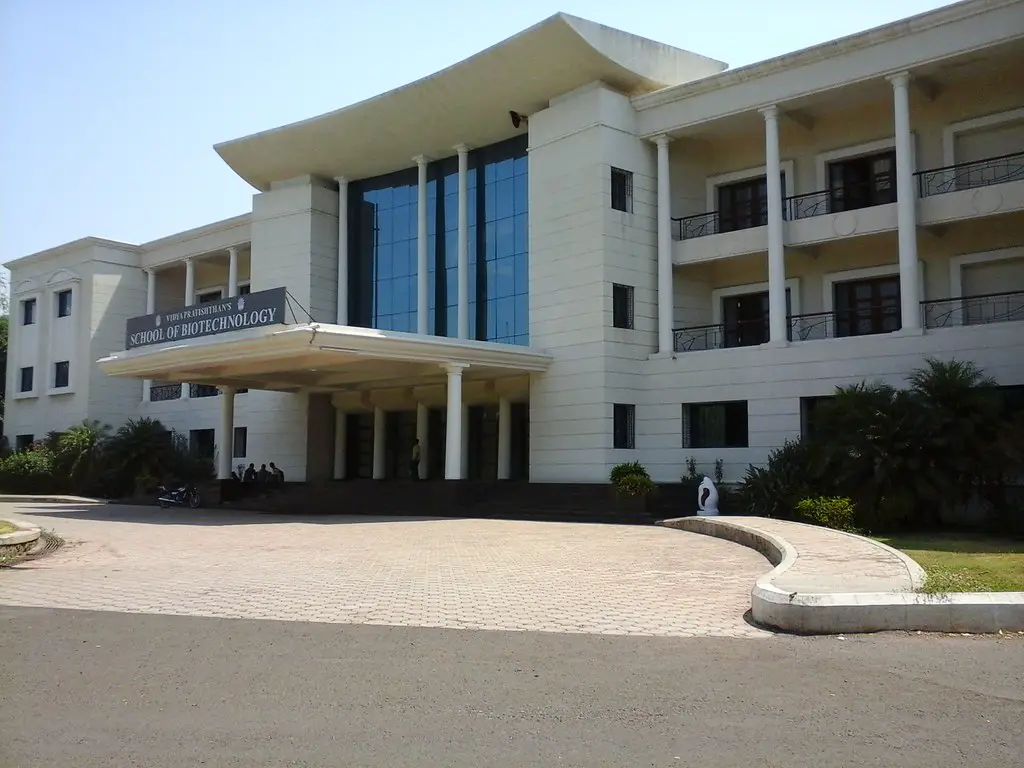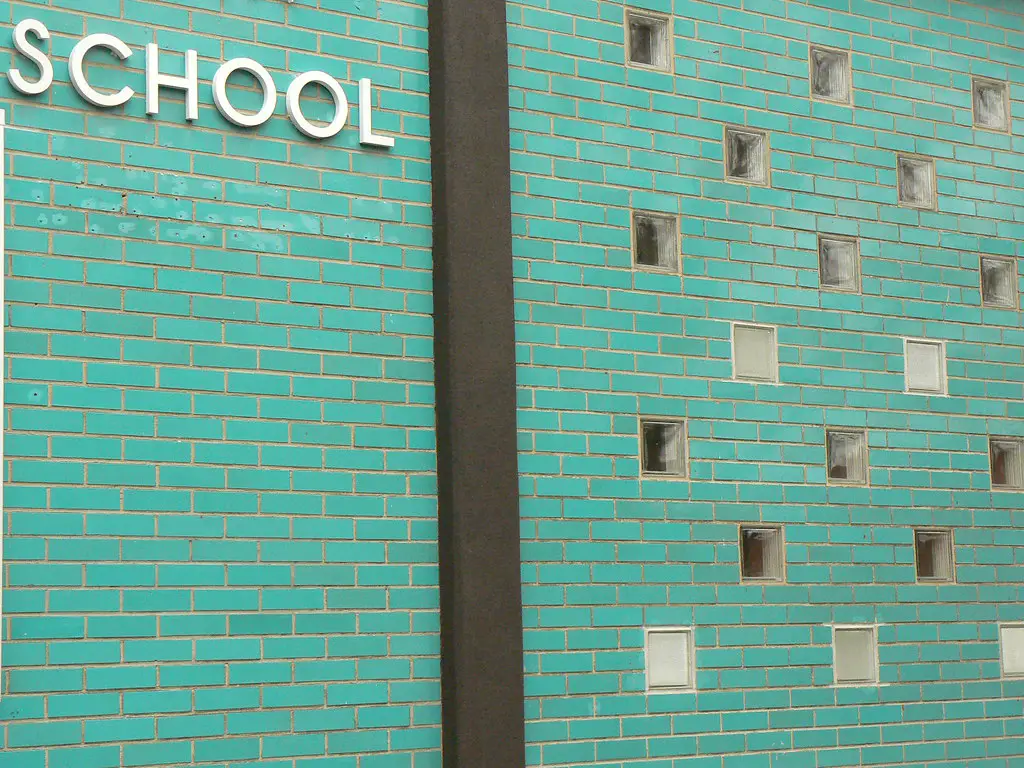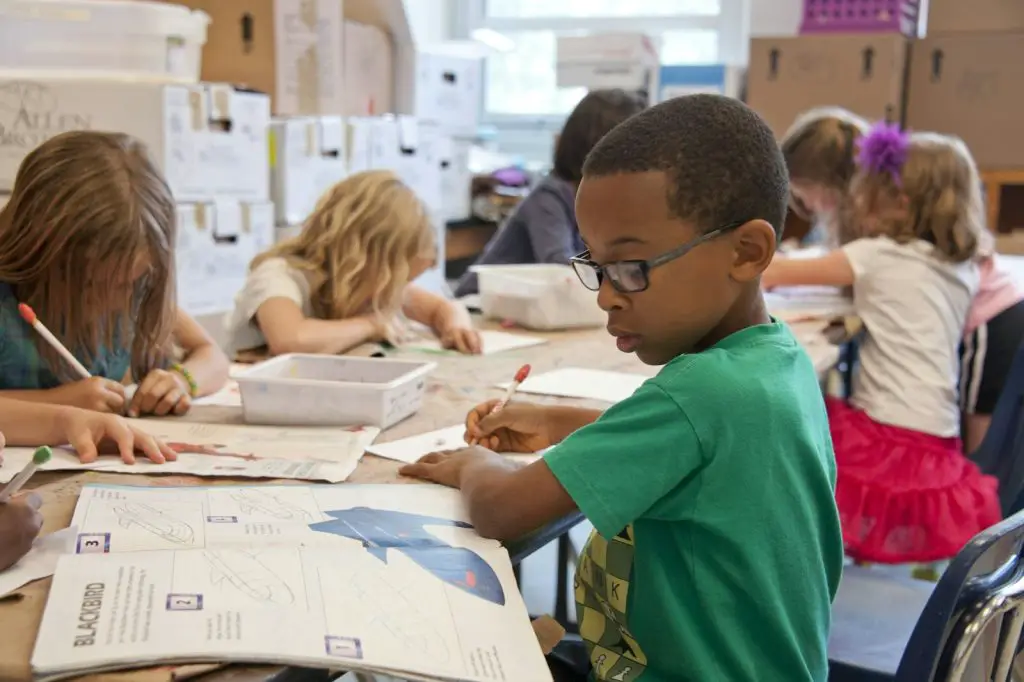Education has long been a cornerstone of human society, shaping our future generations and impacting every facet of our global community.
As the years unfold, the educational landscape is experiencing a dynamic shift, expanding to accommodate a multitude of learning preferences and objectives.
This transformation has given rise to a vibrant spectrum of educational institutions, each designed to cater to specific learning needs and goals.
In this in-depth exploration, we will unpack the various types of educational institutes, offering insight into their distinctive characteristics, values, and the roles they play in shaping the individuals within them.
There are a number of types of educational institutions that you can choose to attend, depending on your interests and your prior education. This article will discuss the different types of schools and their advantages and disadvantages.
Types Of Educational Institutes:
1. Public schools
Public schools are run by the government and you attend these without any fees. They’re run by local school districts, which means that the curriculum and policies can vary from one school to another.
In some cases, students may have to apply to attend a public school outside of their district.
Public schools are typically funded by local property taxes, which can lead to funding disparities between schools in different neighborhoods.
In an effort to address these disparities, many states have implemented funding formulas that allocate additional money to schools in low-income areas. However, these funding disparities continue to be a source of controversy and debate.
In addition to traditional public schools, there are also public charter schools and magnet schools. Charter schools are publicly funded but are run by independent organizations.
They have more flexibility in their curriculum and policies than traditional public schools. Magnet schools are public schools that focus on a specific area of study, such as the arts or sciences.
They use specialized curricula to attract students from all over the district.
https://youtu.be/v2_gAPeJIaw?si=wz4bpbKCYxXfD4-p
2. Private schools
Private schools are funded by a third party, such as an individual, a corporation or a religious group. They are not funded by the government, but they are still required to follow state education standards.
Private school have smaller class sizes and having more facilities than public schools. They may also have a particular focus or philosophy, such as Montessori or Waldorf.
Private schools can be expensive, but many offer scholarships and financial aid. Some private schools may also receive funding from the government for certain programs, such as special education.
3. Charter schools
Charter schools are publicly funded schools that operate independently of the local school district. These schools are often created to offer students an alternative to the traditional public school in their area.
Charter schools are tuition-free and open to all students, regardless of where they live. However, they do have limited enrollment and may require students to apply for admission.
https://www.pastpapersinside.com/what-are-the-types-of-school-funding/
If there are more students who want to attend than there are spots available, charter schools typically hold a lottery to determine which students are admitted.
4. Magnet schools
Magnet schools are public schools that offer specialized courses and programs not found in traditional public schools.
These schools are designed to attract students from other schools in the district, which is why they’re called “magnet” schools.
Magnet schools can be focused on a variety of things, including the arts, science and technology, or college preparation.
5. International schools
International schools are private schools that offer a curriculum that differs from the country in which it is located. International schools are typically found in countries that have a large population of expatriates.
International schools are also found in countries where the government schools are not considered high-quality.
The goal of an international school is to provide students with an education that will prepare them for college in a different country, or to help them gain admission to the best colleges in the country in which they are located.
6. Montessori schools
Montessori schools are a type of preschool in which children are encouraged to learn at their own pace and to develop a love of learning.
The Montessori method was developed by Dr. Maria Montessori in the early 20th century and is based on the idea that children learn best when they are given the freedom to explore and discover the world around them.
In a Montessori school, children are often grouped together in multi-age classrooms and are given a wide range of activities to choose from.
Teachers in Montessori schools are often called “guides” and their role is to support the children as they learn and to provide them with the tools they need to be successful.
7. Religious schools
Religious schools are private schools that are affiliated with a particular religion. They often have a strong focus on religious studies and may have religious requirements for students and faculty.
There are religious schools for students of all ages, from preschool to high school. Some colleges and universities are also affiliated with a particular religion.
8. Vocational schools
Vocational schools, also known as trade schools, offer specialized career training programs. These programs are typically much shorter than degree programs, with most lasting between 6-18 months.
Students can learn a variety of skills, from auto mechanics to culinary arts to dental hygiene. After completing a program, students can take a certification exam to become licensed in their field.
9. Special education schools
Special education schools are designed to provide a safe and supportive learning environment for students with special needs.
These schools are staffed with teachers and professionals who have experience working with children who have learning disabilities, developmental delays, physical disabilities, and other challenges.
The curriculum at a special education school is tailored to meet the unique needs of each student. In addition to traditional academic subjects, students may also receive therapy services, life skills training, and other support to help them succeed in school and beyond.
Conclusion
We hope this article helped you understand the types of educational institutes in India. If you are a student applying to colleges, don’t hesitate to reach out to us for help with your college application essays!



